Converting ineffective rice land to mango cultivation
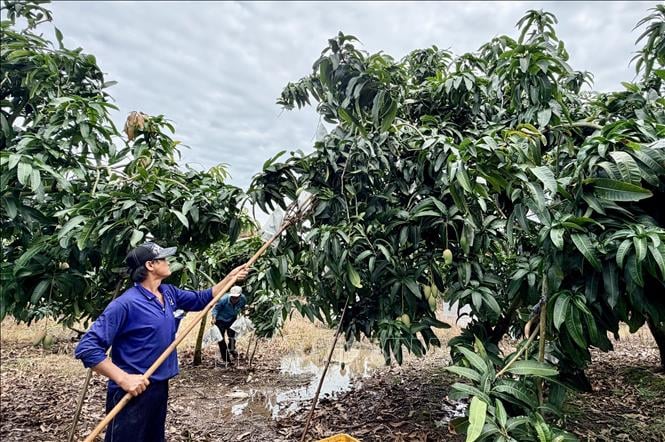
Before 2010, the rice growing areas in Tan My, My Hiep, Binh Phuoc Xuan communes on Cu Lao Gieng brought low economic value. Each crop season, despite working hard from morning to night, the people here only had enough to eat and wear. When An Giang province implemented the policy of changing the crop structure, people boldly improved the land and planted fruit trees. In particular, green-skinned mango trees were chosen as the main direction with the hope of helping the island escape poverty.
Mr. Huynh Van Liep (Binh Phu hamlet, Cu Lao Gieng commune) recalls: Previously, growing rice did not bring much profit, and for many years there was a loss. Since switching to growing mangoes, my family's life has improved significantly. With 7 hectares of land (about 7,000m²), after deducting expenses, I earn more than 140 million VND per year. Thanks to mangoes, my children have the opportunity to study, and our house has been built more solidly.
From pioneers like Mr. Liep, the movement to convert ineffective rice fields to mango fields quickly spread. By 2014, the entire region no longer had any rice fields, but instead were lush green mango gardens, laden with fruit all year round.
After merging the three communes of Tan My, My Hiep and Binh Phuoc Xuan, the total fruit tree area of Cu Lao Gieng commune reached 4,198 hectares, accounting for more than 98% of the agricultural land area; of which green-skinned elephant mango accounts for 4,135 hectares. This mango variety is considered to have high productivity with a yield of 18-25 tons/ha/year. Green-skinned elephant mango gives two harvests per year, with outstanding quality, sweet taste, thick, crispy flesh and little fiber, very popular in domestic and foreign markets.
Cu Lao Gieng mango reaches out to the world
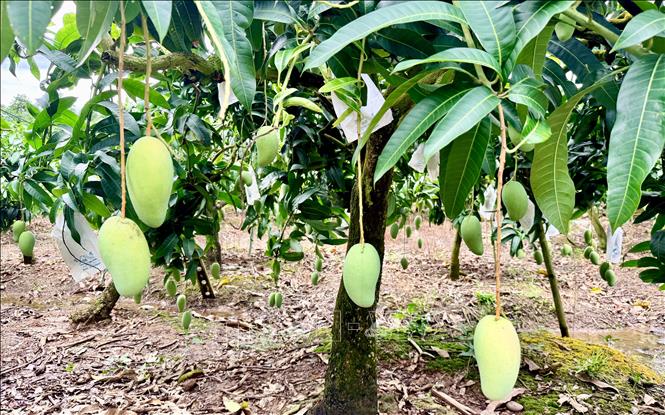
Currently, Cu Lao Gieng commune not only has a large mango growing area but is also a pioneer in safe agricultural production. Up to now, the commune has been granted 32 mango growing area codes with a total area of 2,944 hectares, of which 735 hectares meet VietGAP and 49.9 hectares meet GlobalGAP. This is an important basis for Cu Lao Gieng mango exports to conquer many demanding international markets such as: New Zealand, Australia, USA...
In the commune, there are three effective cooperatives: Cu Lao Gieng GAP Cooperative, Cho Moi GAP Fruit Cooperative and Con En Cooperative. Of which, Cu Lao Gieng GAP Cooperative is a typical unit with a mango drying system using solar energy, cold drying and electronic traceability, forming a closed production, processing and consumption chain.
Director of GAP Cooperative Cu Lao Gieng, An Giang province, Mr. Nguyen Minh Hien, said: Since the beginning of the year, the cooperative has exported about 1,000 tons of mangoes to markets in Korea, New Zealand, Australia, the US, Russia and China. These demanding markets all require growing area codes, irradiation, pesticide residue control... Cu Lao Gieng mangoes meet all of these standards.
According to Mr. Hien, thanks to favorable export, mango prices have increased this year, on average, each hectare of mango, farmers earn 20-25 million VND. Currently, the cooperative is maintaining the production of more than 500 hectares of mango for export according to VietGAP and GlobalGAP standards and has a growing area code, which helps farmers in the cooperative feel secure in their investment, no longer in the situation of good harvest but low prices like before.
In the commune, there are 2 cooperatives with OCOP certified products, including: Green-skinned elephant mango, small-seeded cat mango of GAP Cu Lao Gieng cooperative; three-color mango of GAP Cho Moi fruit cooperative. Not only selling fresh mango, many Cu Lao Gieng mango products are deeply processed such as: dried mango, mango juice... opening up a sustainable direction for the islanders.
Green agricultural products, clean tourism

Although mango has become a "rich tree" of the island region, this industry still faces many challenges: production is still fragmented, linkages are not tight, deep processing is limited, making added value not high. In addition, the increasing cost of agricultural materials and competition with fruit exporting countries in the region make the problem of sustainable development even more urgent.
Possessing rare natural advantages, fertile alluvial soil, dense rivers, and beautiful landscapes, Cu Lao Gieng not only has agricultural potential, but is also a "gold mine" for garden ecotourism. Realizing that, the Party Committee of Cu Lao Gieng commune has determined the direction in the coming time to develop high-tech agriculture associated with ecotourism and community tourism.
Mr. Vo Minh Nang, Secretary of the Party Committee of Cu Lao Gieng Commune, said: The commune continues to guide farmers to produce mangoes according to VietGAP and GlobalGAP standards; encourages the use of organic fertilizers and biological products to reduce chemicals and protect the environment. At the same time, the locality promotes investment in infrastructure in growing areas, from transportation, irrigation to processing houses and warehouses to improve production capacity and post-harvest quality.
According to Mr. Nang: The commune also focuses on building the "Cu Lao Gieng Mango" brand for export, developing OCOP products from mangoes and expanding agricultural experience tourism. Visitors can visit mango gardens, pick mangoes and enjoy them on the spot, combined with visiting famous spiritual tourist attractions on the island, creating new livelihoods for local people.
In order for Cu Lao Gieng to develop to its full potential and advantages, the locality also proposed that An Giang province include the commune in the province's tourism development plan, support training for farmers in community tourism, promote trade, and connect investments. At the same time, it proposed that the province support the locality in the project to develop OCOP products associated with community tourism.
From an ineffective rice-growing area, Cu Lao Gieng has now transformed itself into a leading mango export area in An Giang province. The vast mango orchards not only bring a prosperous life to the people, but also demonstrate the creativity and innovative spirit of farmers in the river region.
The people of Cu Lao Gieng believe that, with the right orientation and aspiration to rise, the island land in the middle of the Tien River will not only be famous for its exported green-skinned elephant mangoes, but also become a unique eco-tourism destination of the Southwest region, where visitors can enjoy the sweetness of the garden and fully feel the peaceful life of the fertile alluvial land.
Source: https://baotintuc.vn/kinh-te/vuon-minh-thanh-vung-chuyen-canh-xoai-xuat-khau-20251116110536573.htm


![[Photo] Prime Minister Pham Minh Chinh meets with representatives of outstanding teachers](https://vphoto.vietnam.vn/thumb/1200x675/vietnam/resource/IMAGE/2025/11/15/1763215934276_dsc-0578-jpg.webp)
![[Photo] General Secretary To Lam receives Vice President of Luxshare-ICT Group (China)](https://vphoto.vietnam.vn/thumb/1200x675/vietnam/resource/IMAGE/2025/11/15/1763211137119_a1-bnd-7809-8939-jpg.webp)




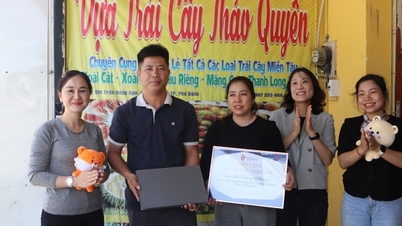

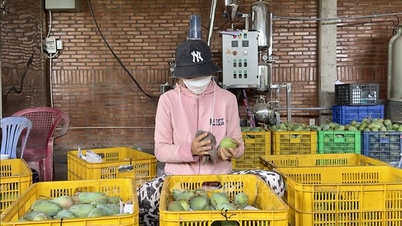




















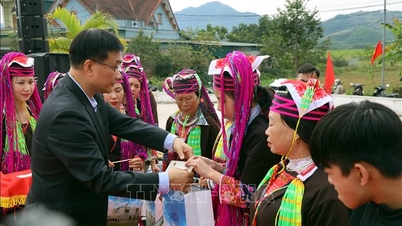

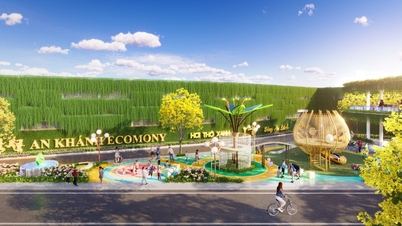
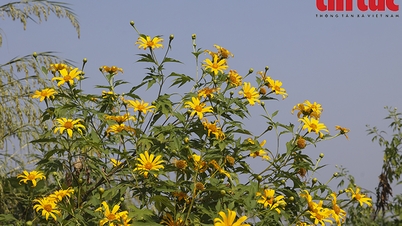
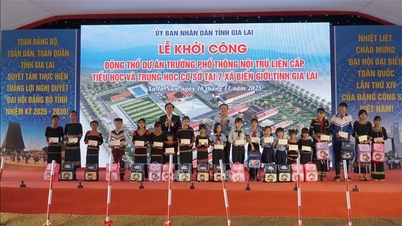
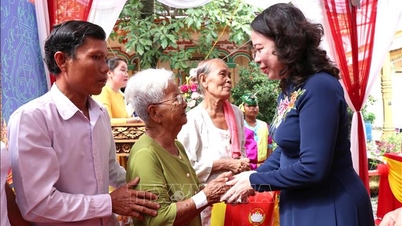








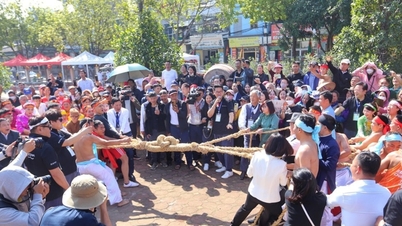


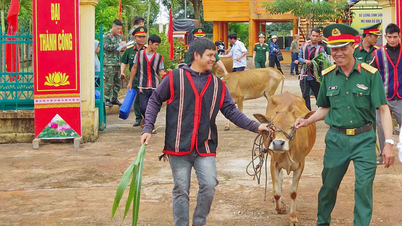






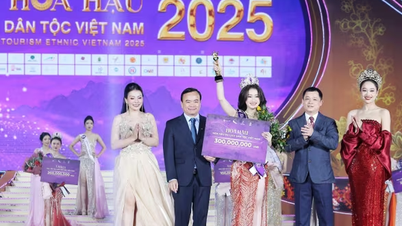
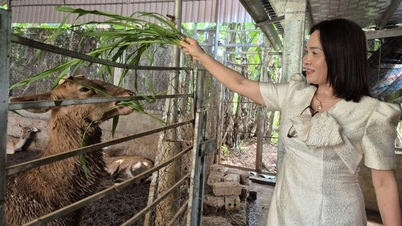
























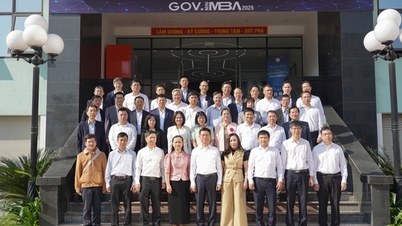






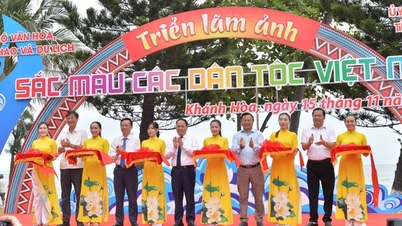
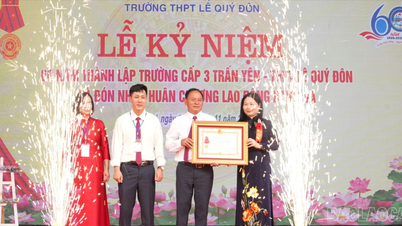

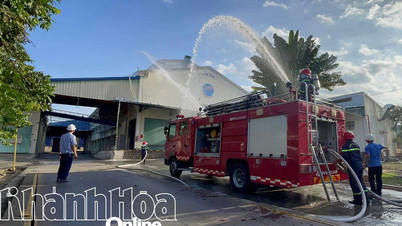

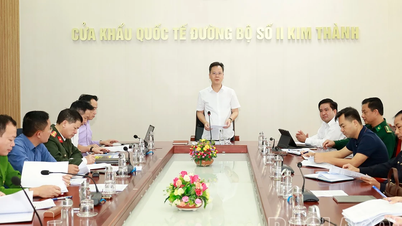
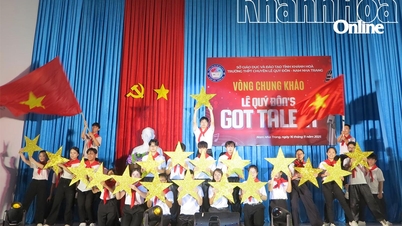
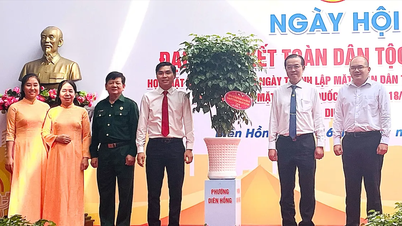













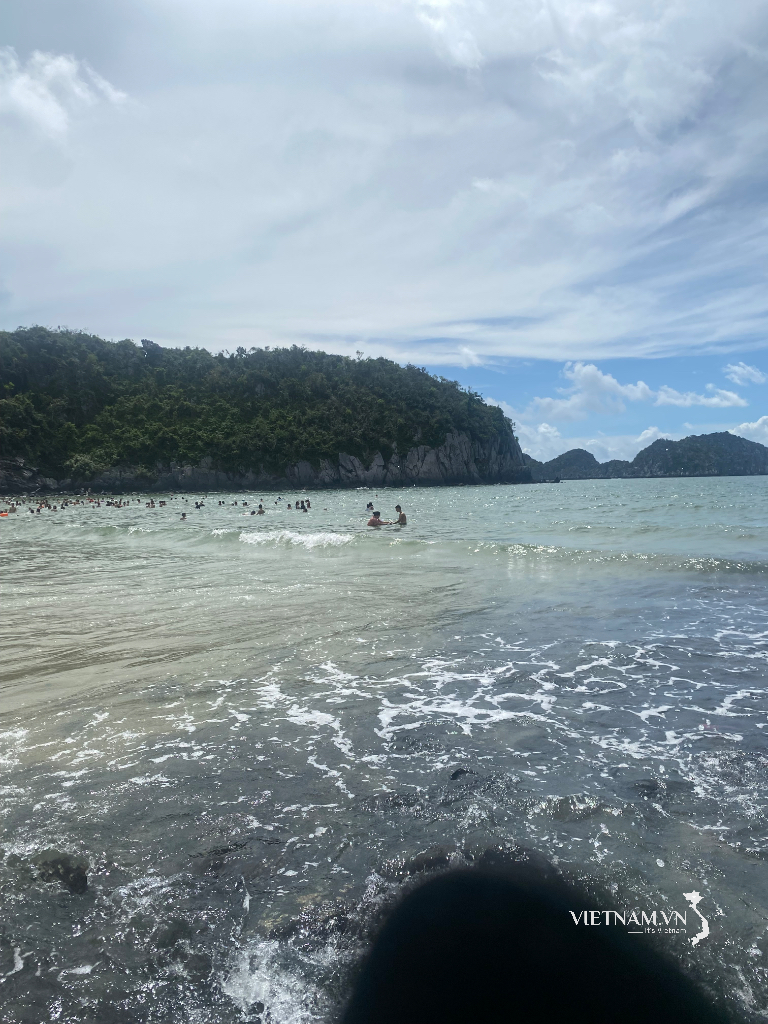

Comment (0)